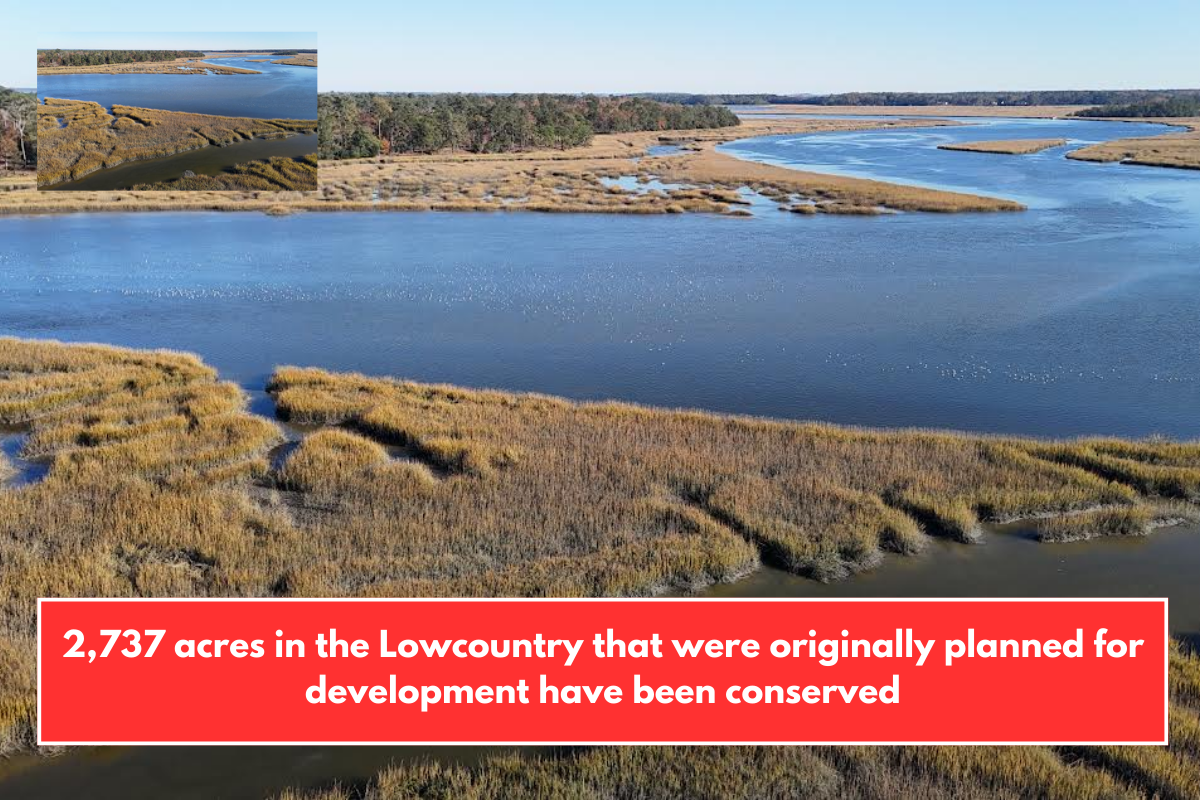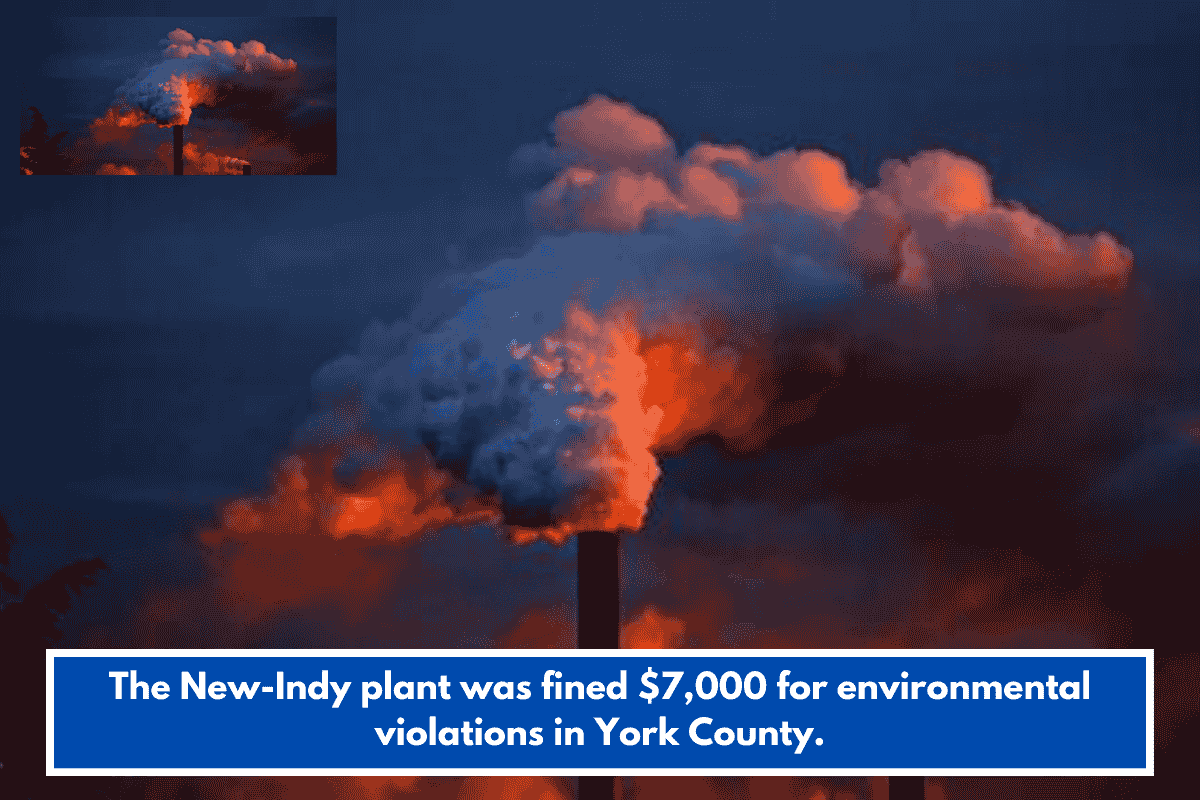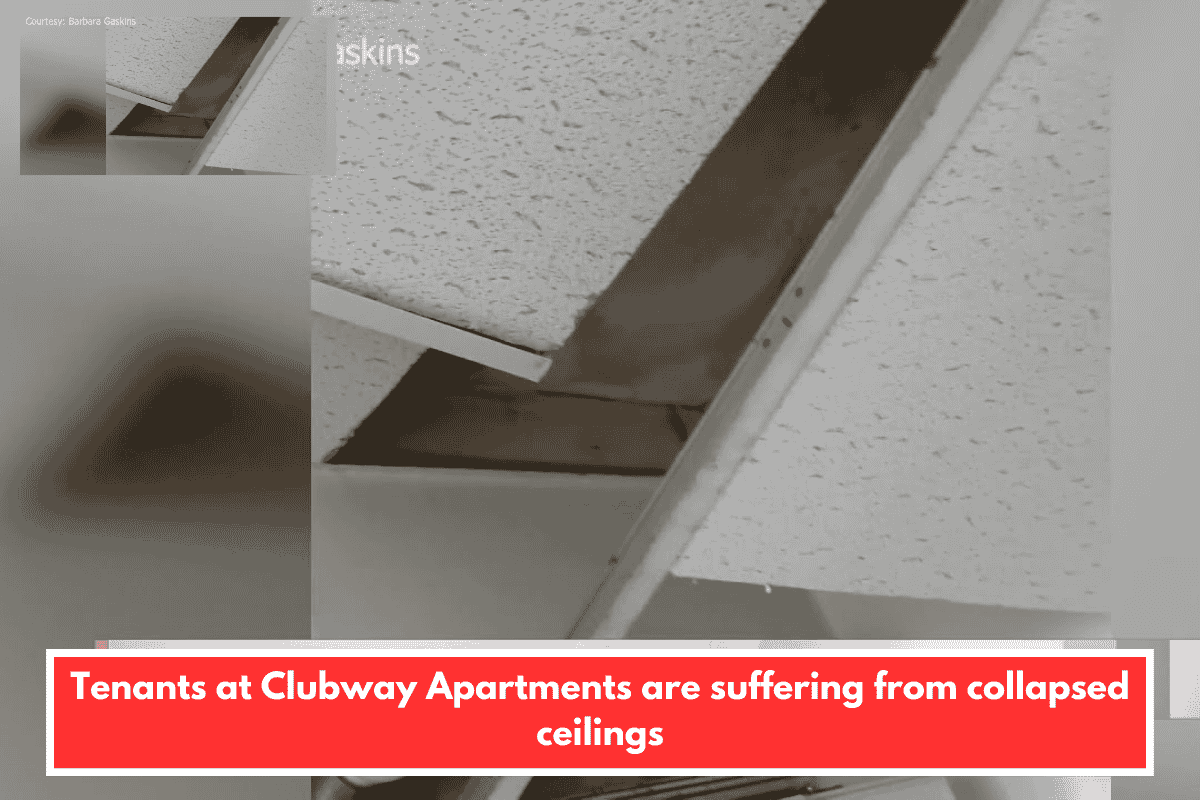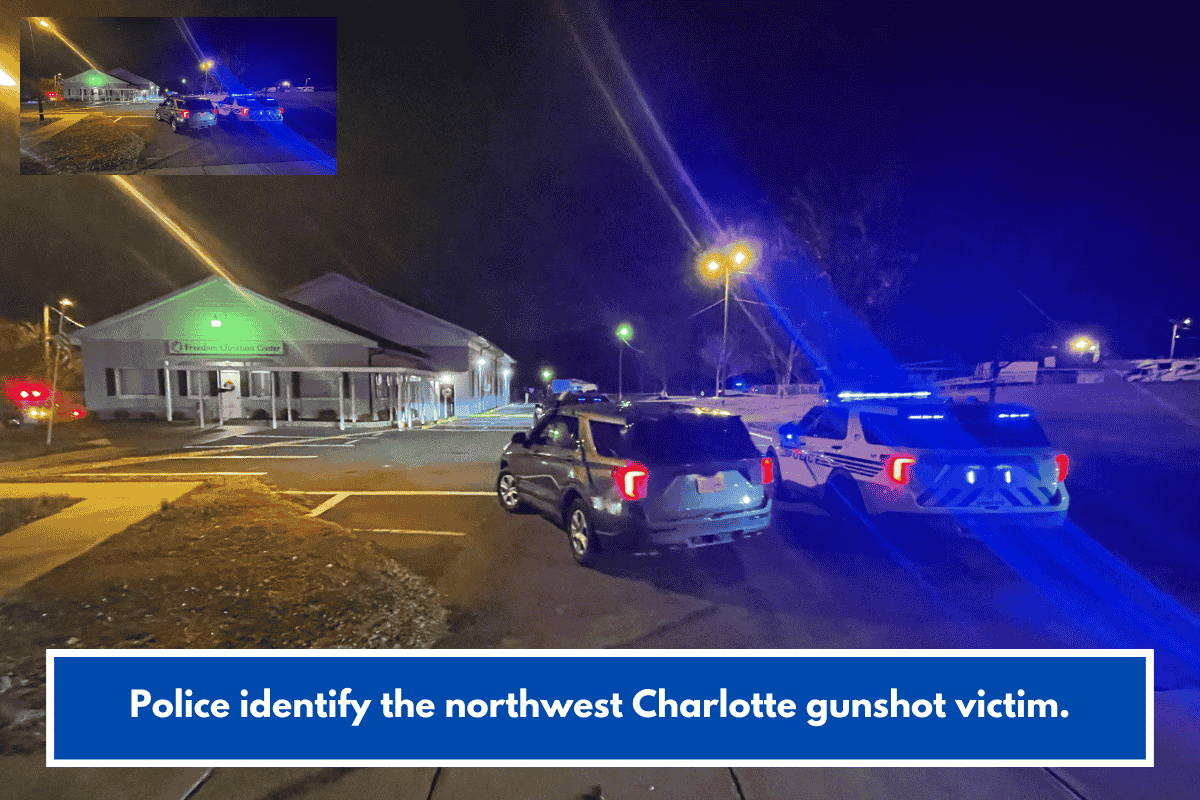In a big win for conservation and local communities, 2,737 acres of unspoiled land in Jasper County, South Carolina, have been officially protected from future development. The area, known as Chelsea Plantation, was once the center of a controversial development proposal, but it has now been purchased for preservation.
A Major Conservation Victory for the Lowcountry
The land was secured by The Nature Conservancy in South Carolina (TNC-SC), who called Chelsea a “tipping point” in protecting the region’s natural beauty, wildlife, and clean water. The plantation sits in the US Highway 278 corridor, a prime location that developers had been targeting because of its accessibility and water frontage.
However, residents and nature groups strongly opposed any plans to build on the land. Many feared that development would damage the wildlife habitats, water quality, and rural character of the area.
Why Chelsea Plantation Is Important
The land includes over seven miles of water frontage along Hazzard Creek, which flows into the Broad River and is part of the Port Royal Sound watershed. This area is important for:
- Saltwater marsh migration, helping wildlife adjust to climate changes
- Protecting water quality in the Port Royal Sound
- Expanding longleaf pine forests, a key habitat for many species
This area is also part of a larger effort to create a conservation corridor that links protected land from the ACE Basin to the Savannah River, helping wildlife move safely between regions.
Community Played a Big Role
The effort to save Chelsea was a true community movement. A group called Keep Chelsea Rural campaigned locally, distributing flyers, raising awareness, and putting up billboards. Residents from nearby towns, especially in Beaufort County, also showed strong support for conservation over construction.
David Bishop of TNC-SC said,
“Buying Chelsea was a true community effort. We’re thankful for every single person and organization that made it happen.”
Who Helped Fund the Project?
This large purchase was made possible through donations from individuals, families, and foundations, including:
- Gleason Family Foundation, Marshall Field V, Stephanie Harris & Family, Spring Island residents, and others
- Loan support from Friends of Chelsea LLC, the South Carolina Office of Resilience, Newcastle Foundation, and Coastal Community Foundation
All worked together to raise the funds and secure the land before it could be developed.
What’s Next for Chelsea?
The Nature Conservancy plans to put a conservation easement on the land with Open Land Trust, which will permanently restrict any future development. The land will then be handed over to the South Carolina Forestry Commission, which will turn it into a public state forest, open to everyone for nature walks, education, and outdoor recreation.
This is part of a larger regional plan to keep South Carolina’s Lowcountry green and natural, not just for today’s residents, but for future generations.
The protection of Chelsea Plantation is more than just a land deal—it’s a sign of what can happen when people come together for a cause. With increasing development pressure in the Lowcountry, this conservation success protects important water sources, wildlife habitats, and the peaceful charm of the region. Thanks to donors, conservationists, and local voices, Chelsea Plantation will remain wild and open forever.









